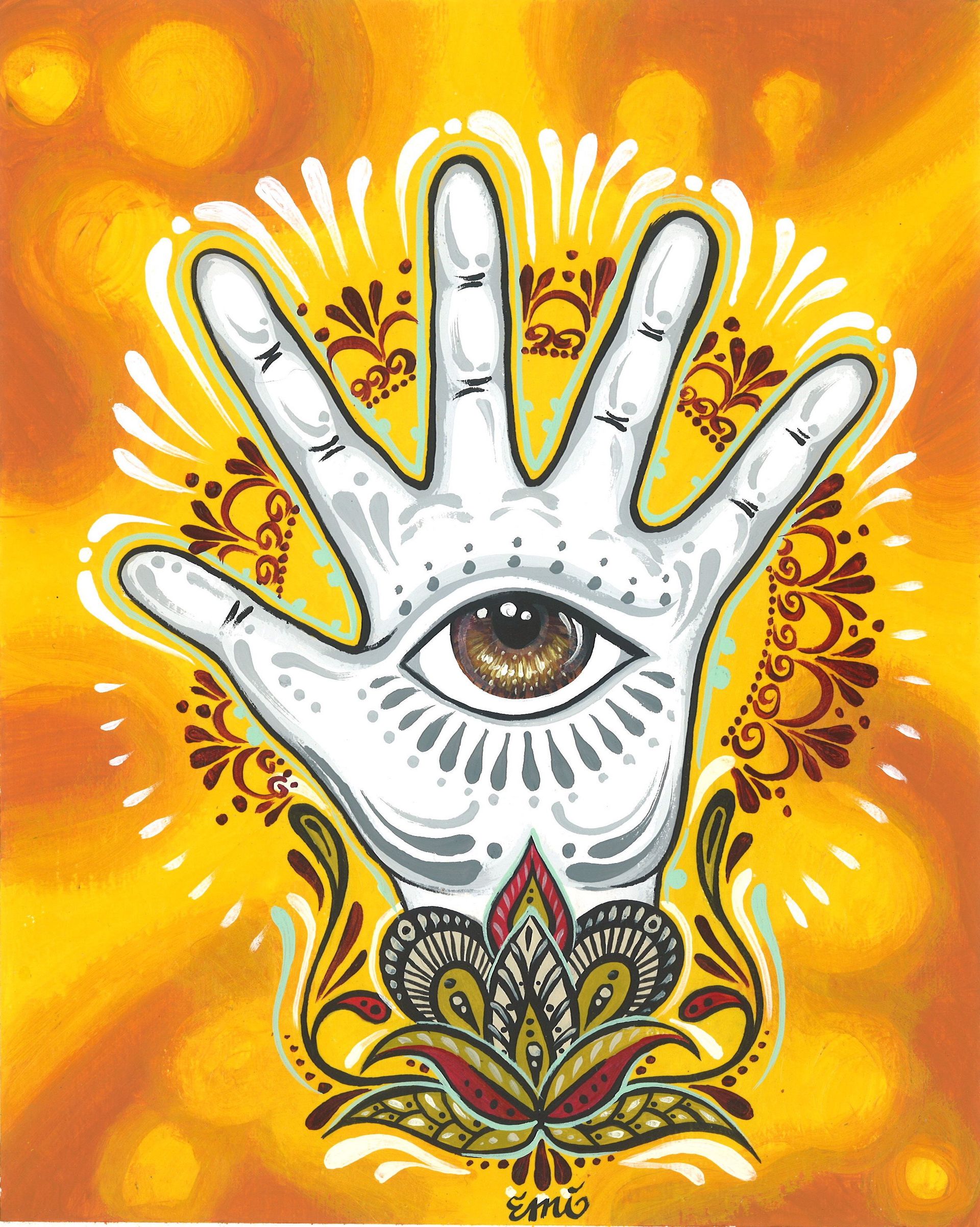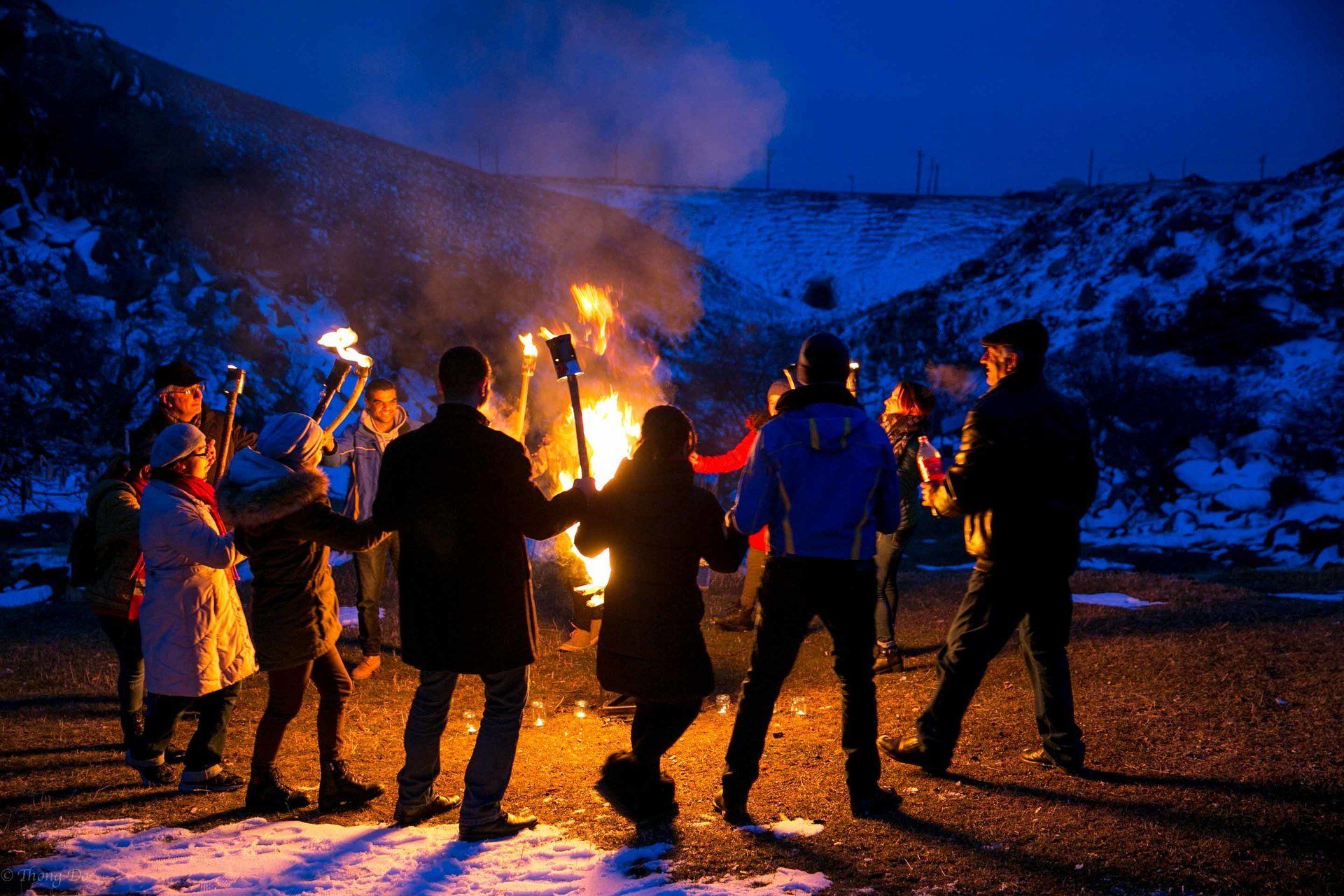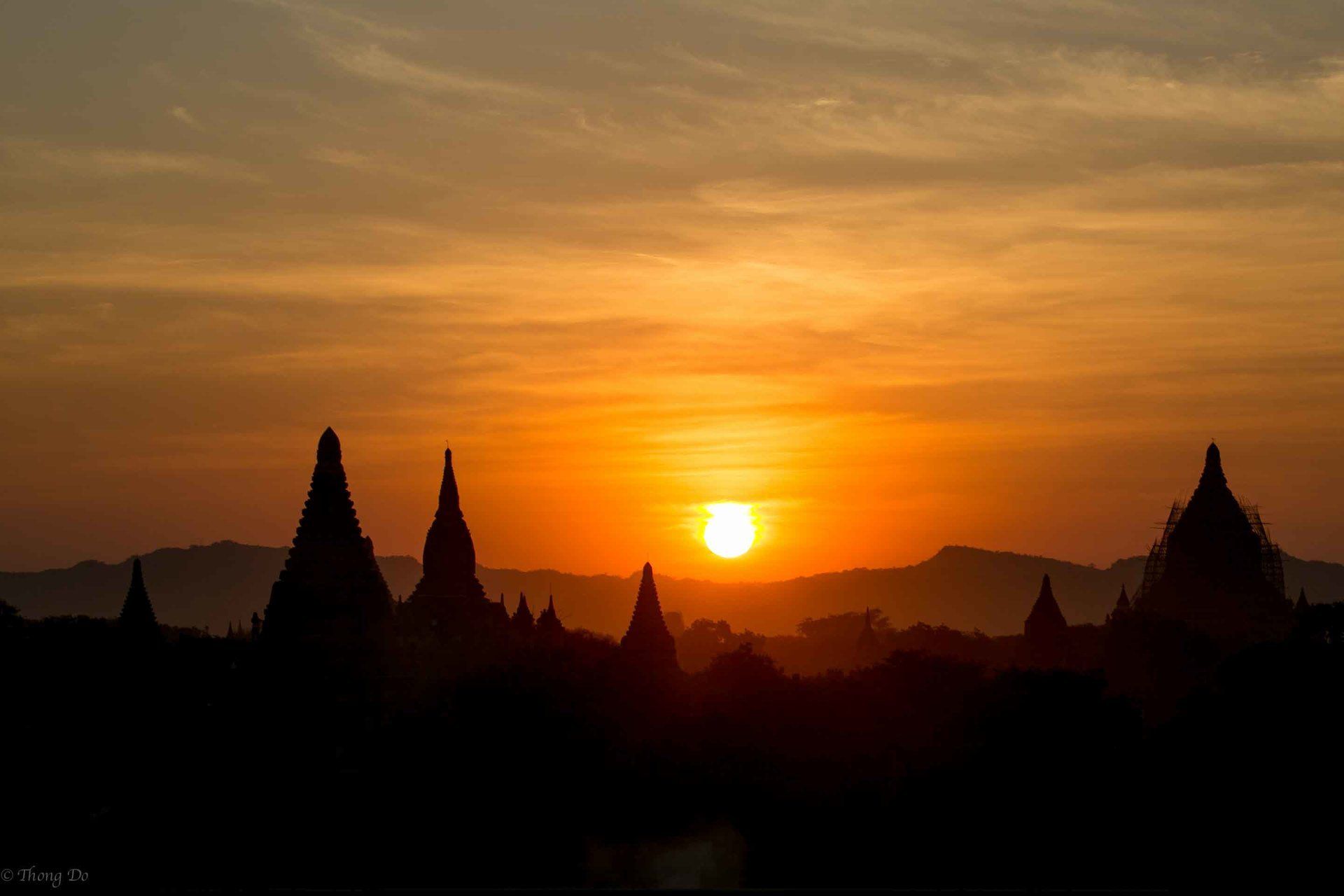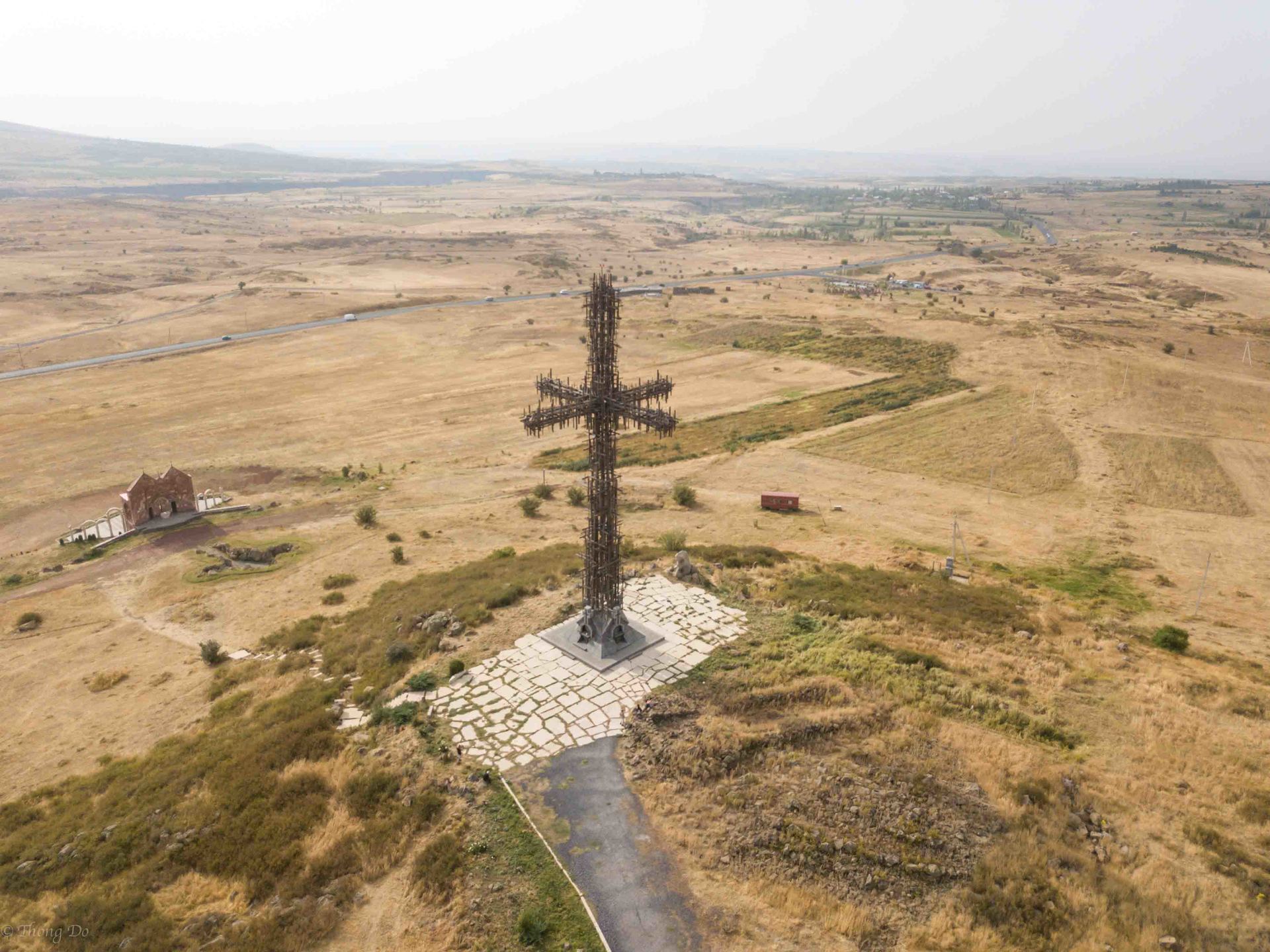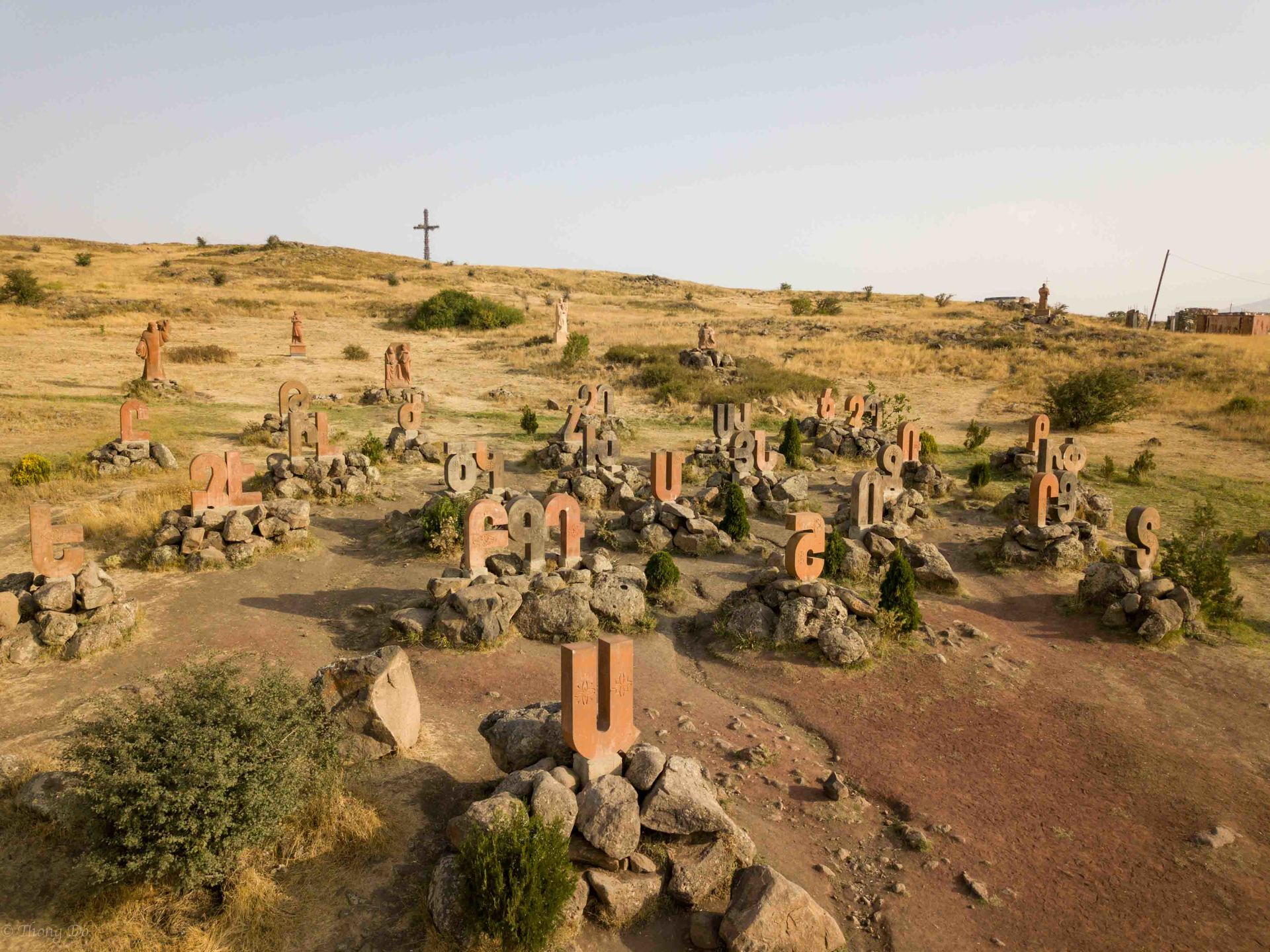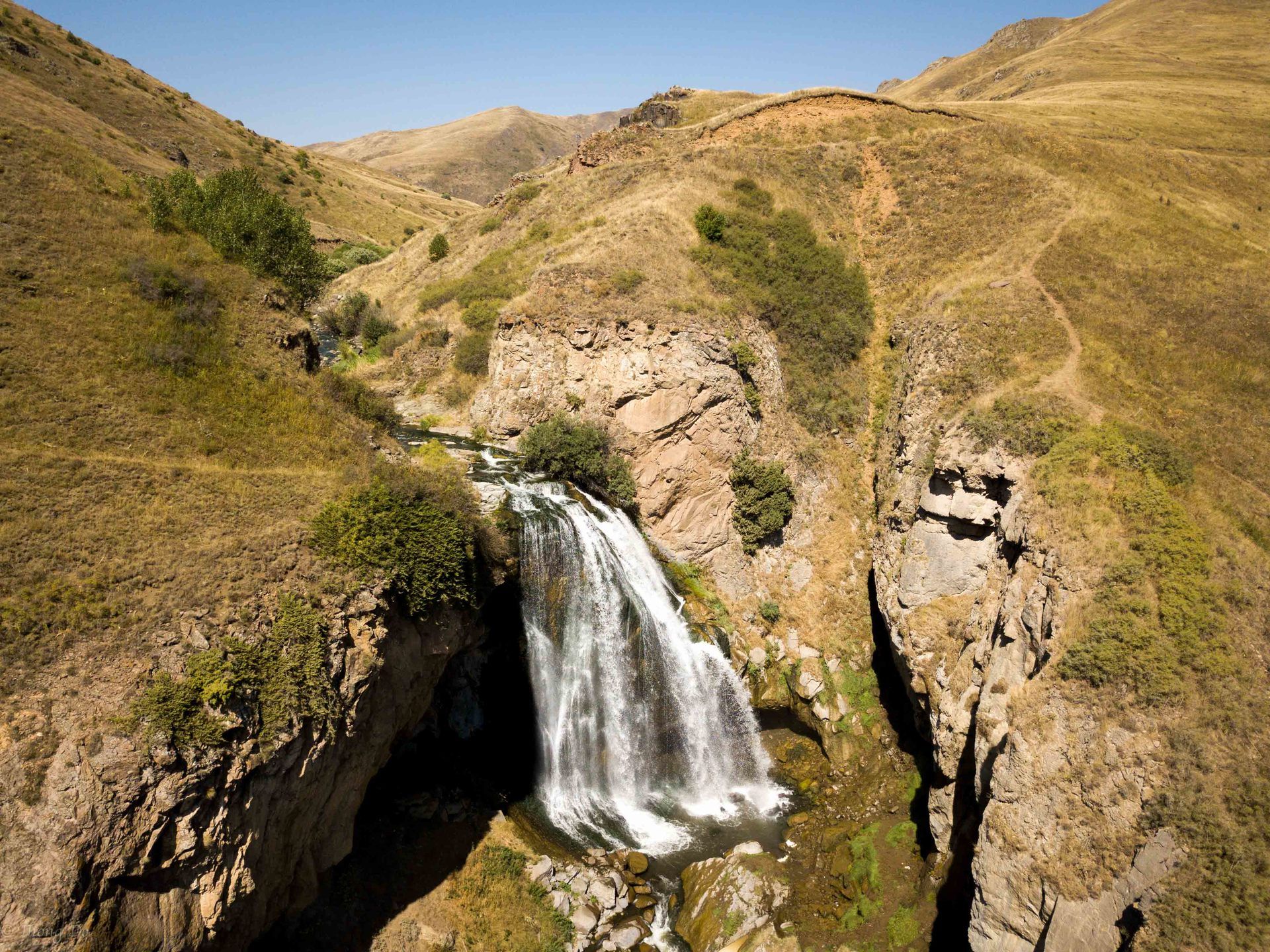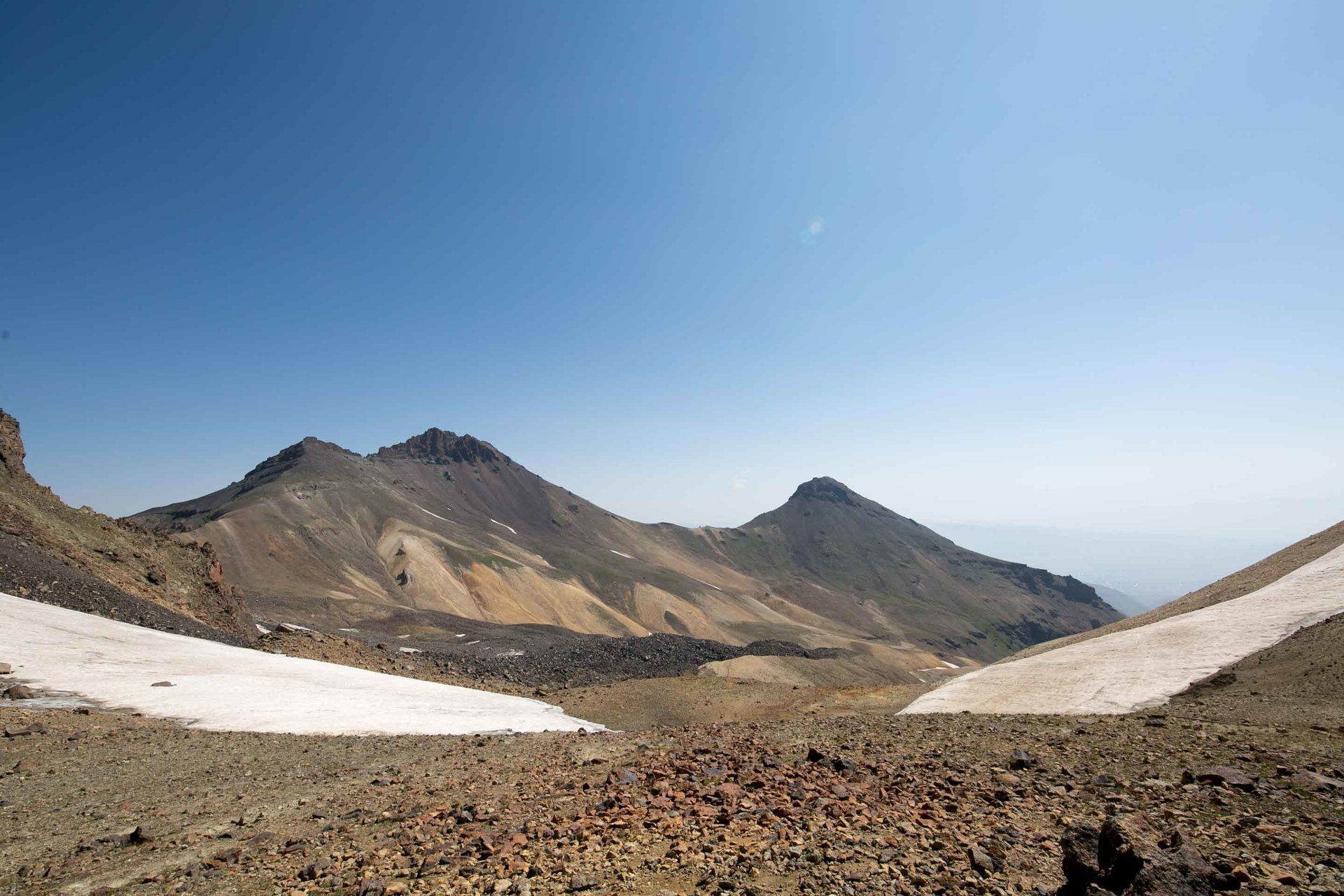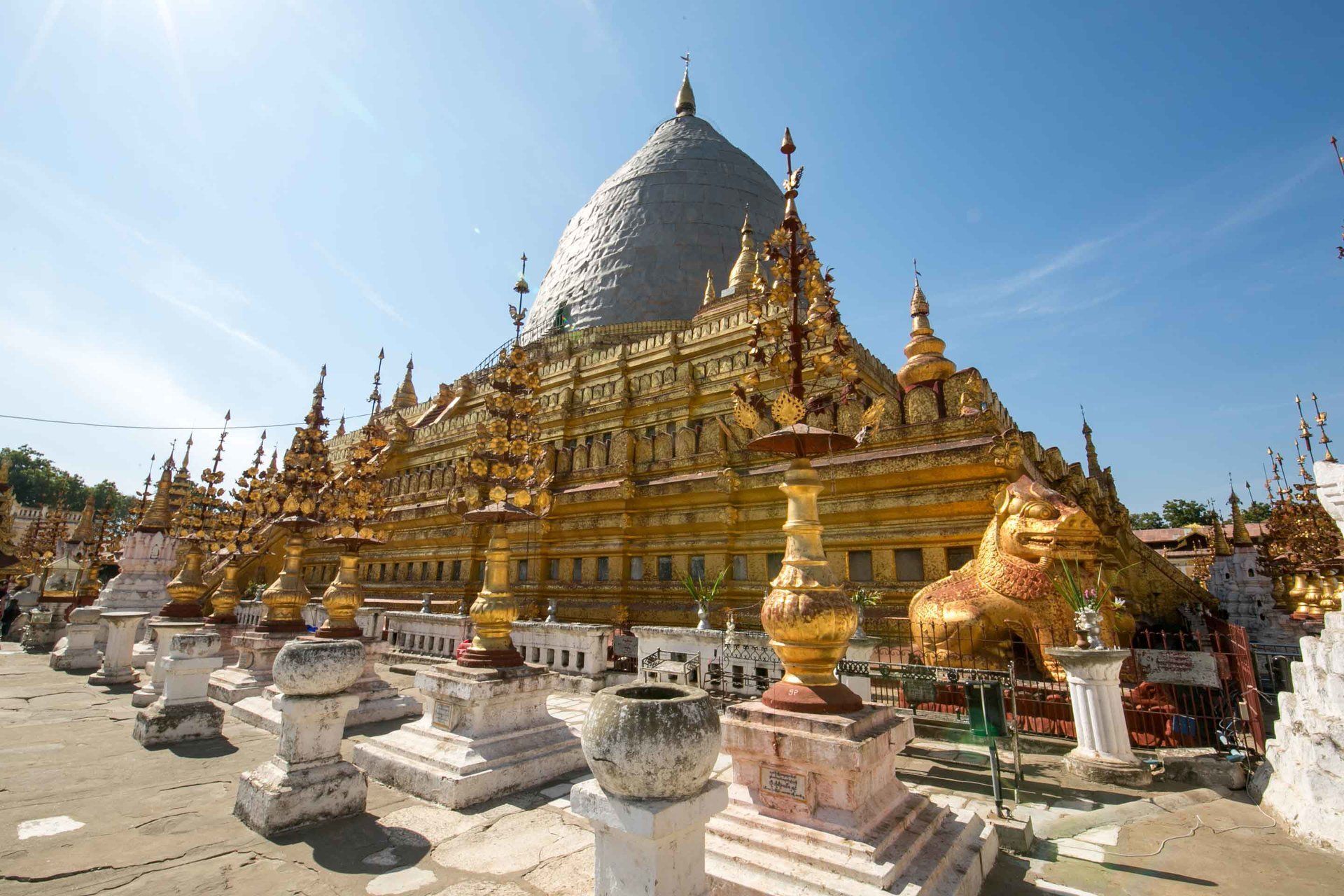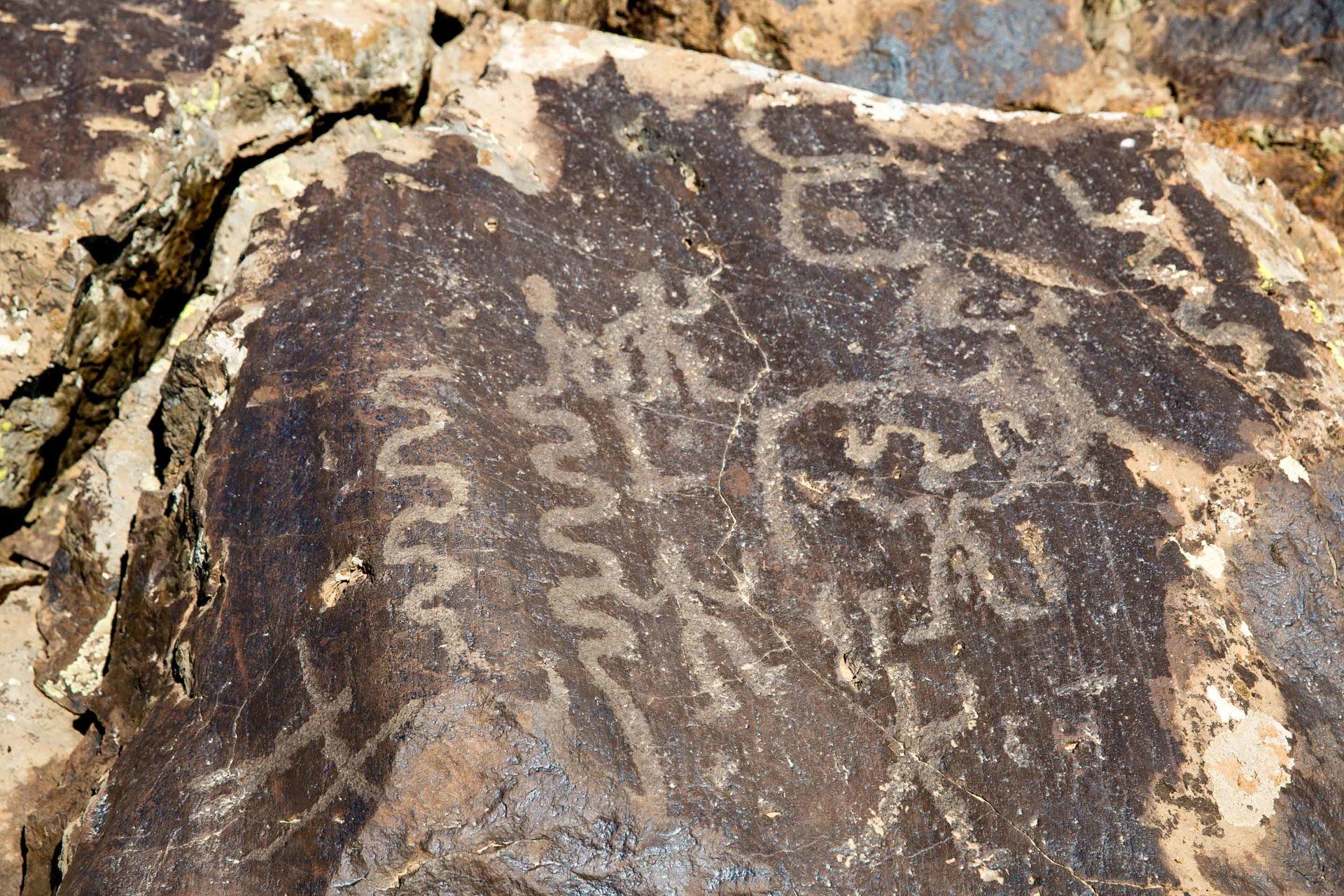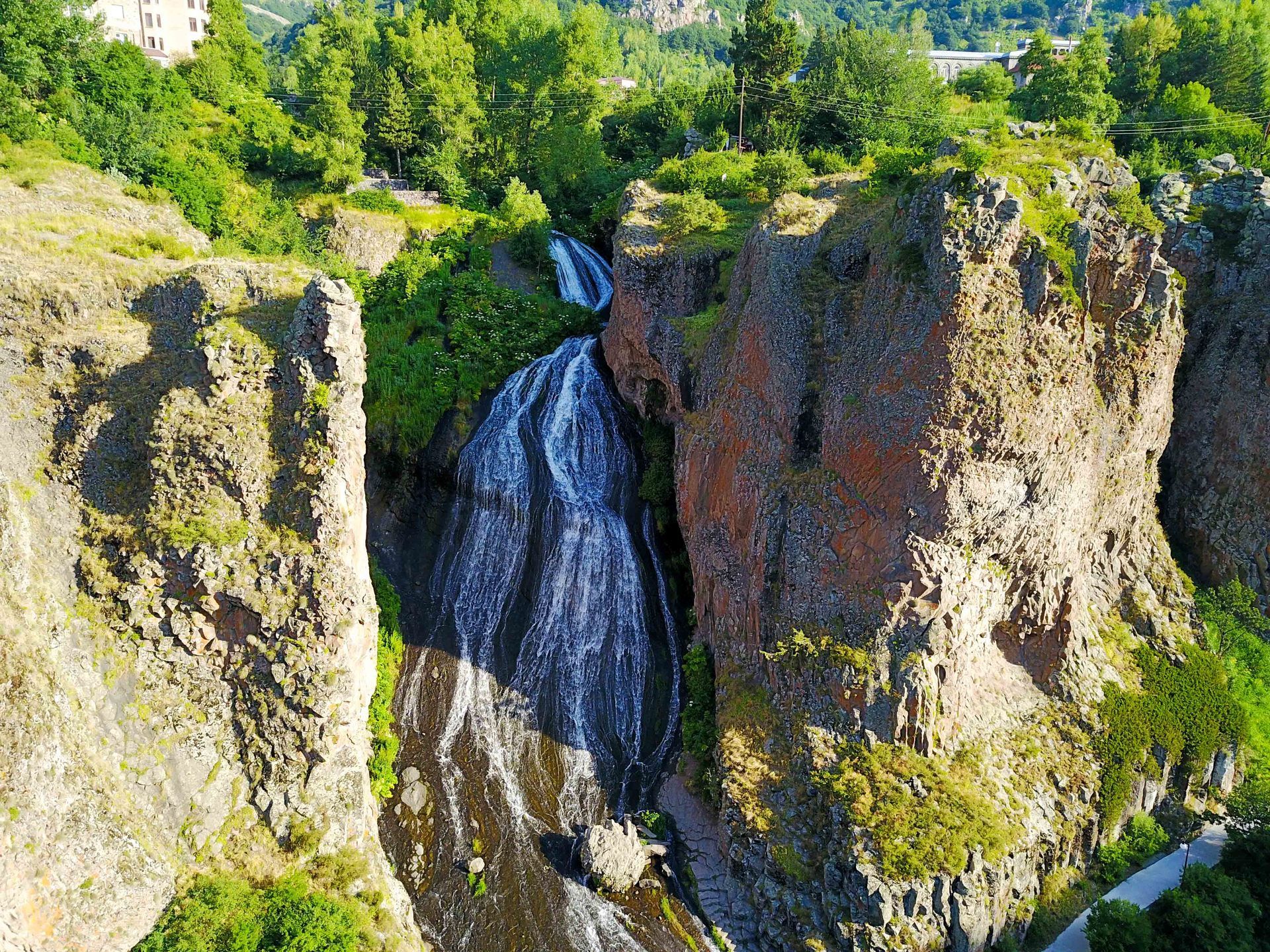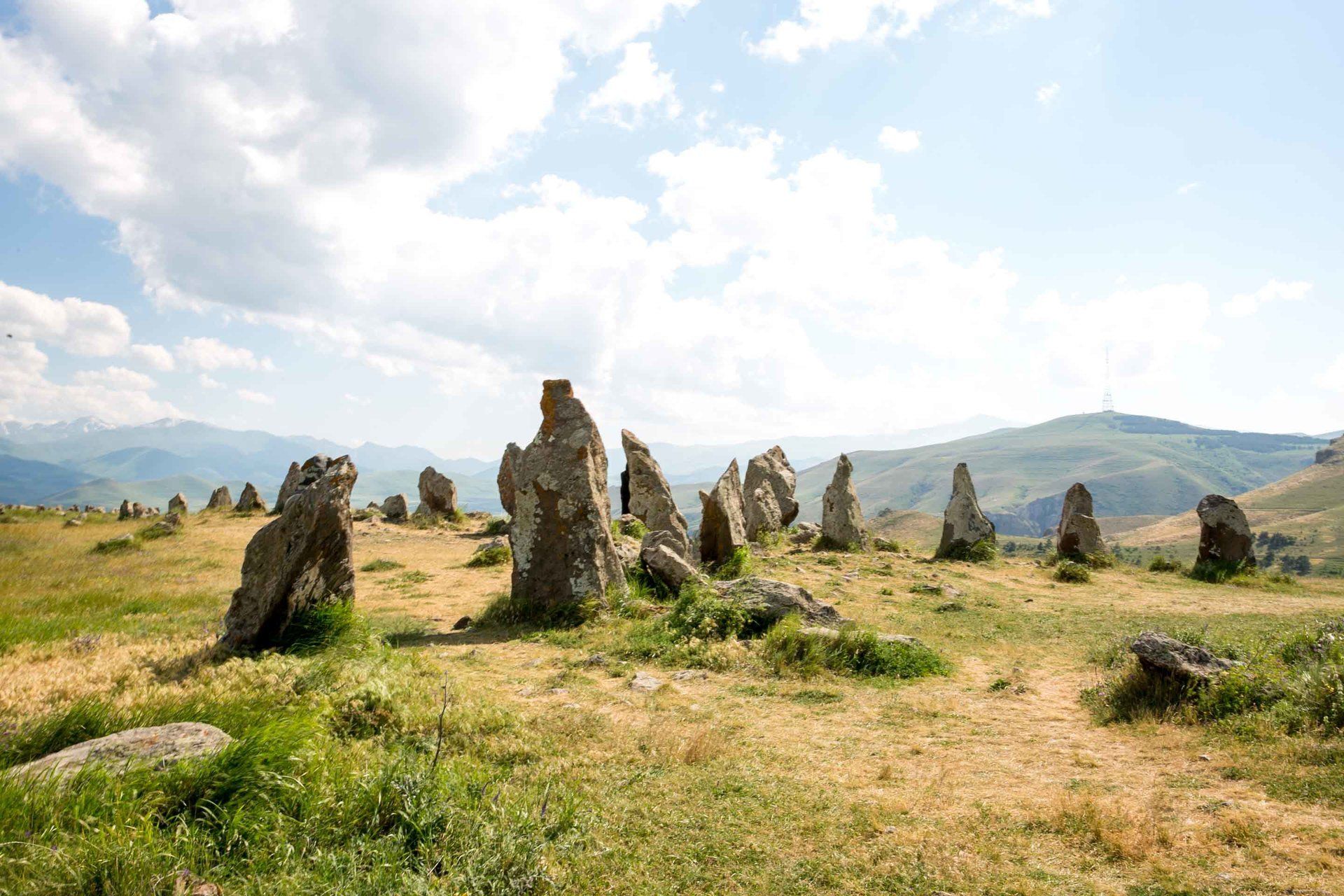What to see in Eastern Myanmar: Part 1-The Pindaya Caves
- By Thong Do
- •
- 11 May, 2017
- •
One of the more remarkable sites to visit in the Shan state region of Myanmar is the Pindaya Caves just a couple hours from Inle Lake. This complex consists of three large caverns (only 1 was open to the public when I visited) spread out along the steep limestone hillside. The largest of the caves is known as the Shwe Umin Cave or The Golden Cave Pagoda and is an important pilgrimage site for Burmese Buddhists and an amazing site for tourists since it’s filled with nearly 9,000 gilded Konbaung-era Buddhas inside!
The cave itself is 150 meters long (490ft) and once you enter a gigantic bell that was cast in 1842 greets you and immediately you begin to see the shine and reflections of hundreds of golden Buddhas staring at you. Between the stalagmites and stalactites any available space is stuffed with a Buddha of every conceivable size. As the centuries have gone by more and more statues have been added to the cave. Many of the statues bear the name of the benefactor who paid for it. The Buddhas come in different sizes and shapes as well as material. Some are gold plated, made from the local teak wood, marble, and bronze.
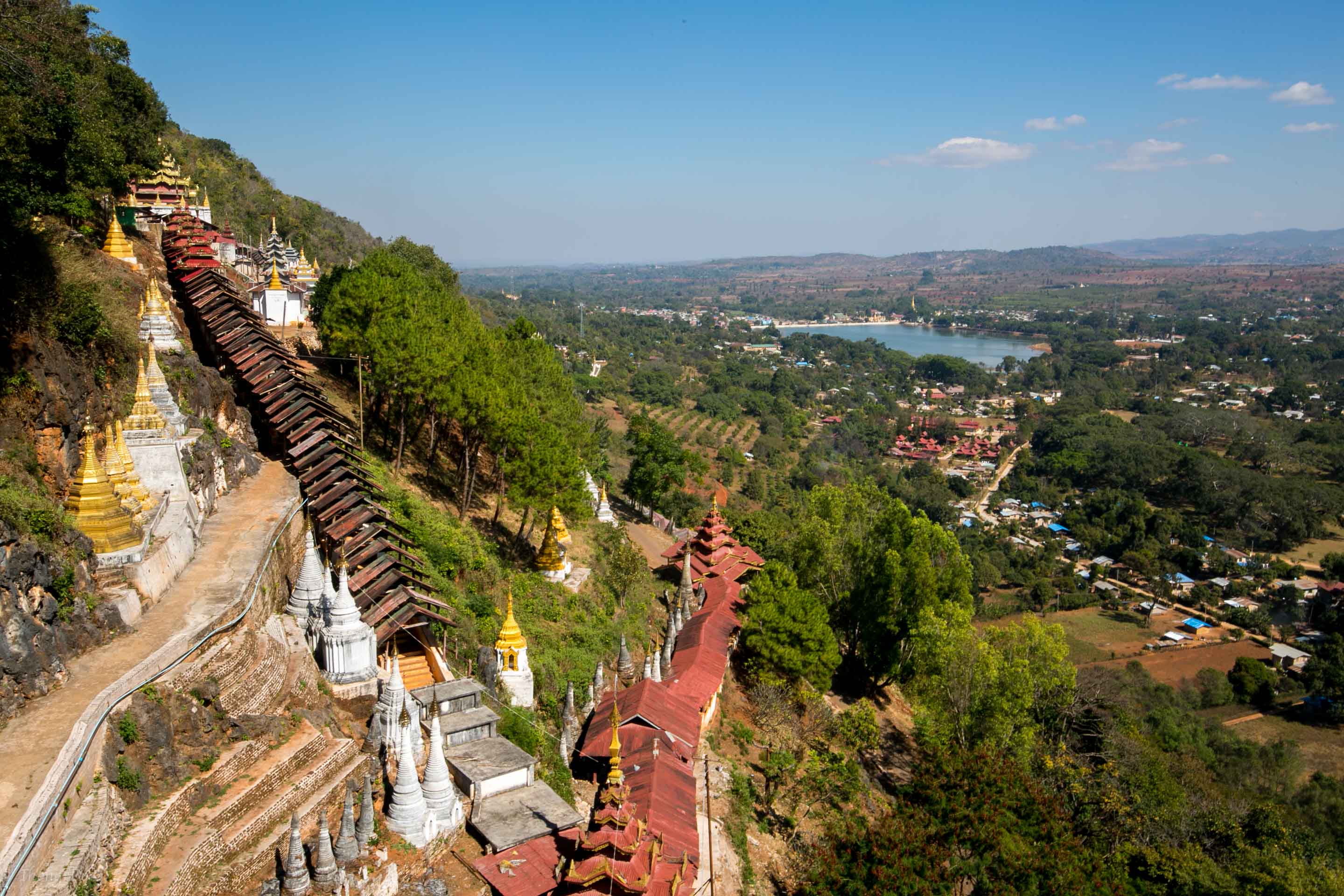
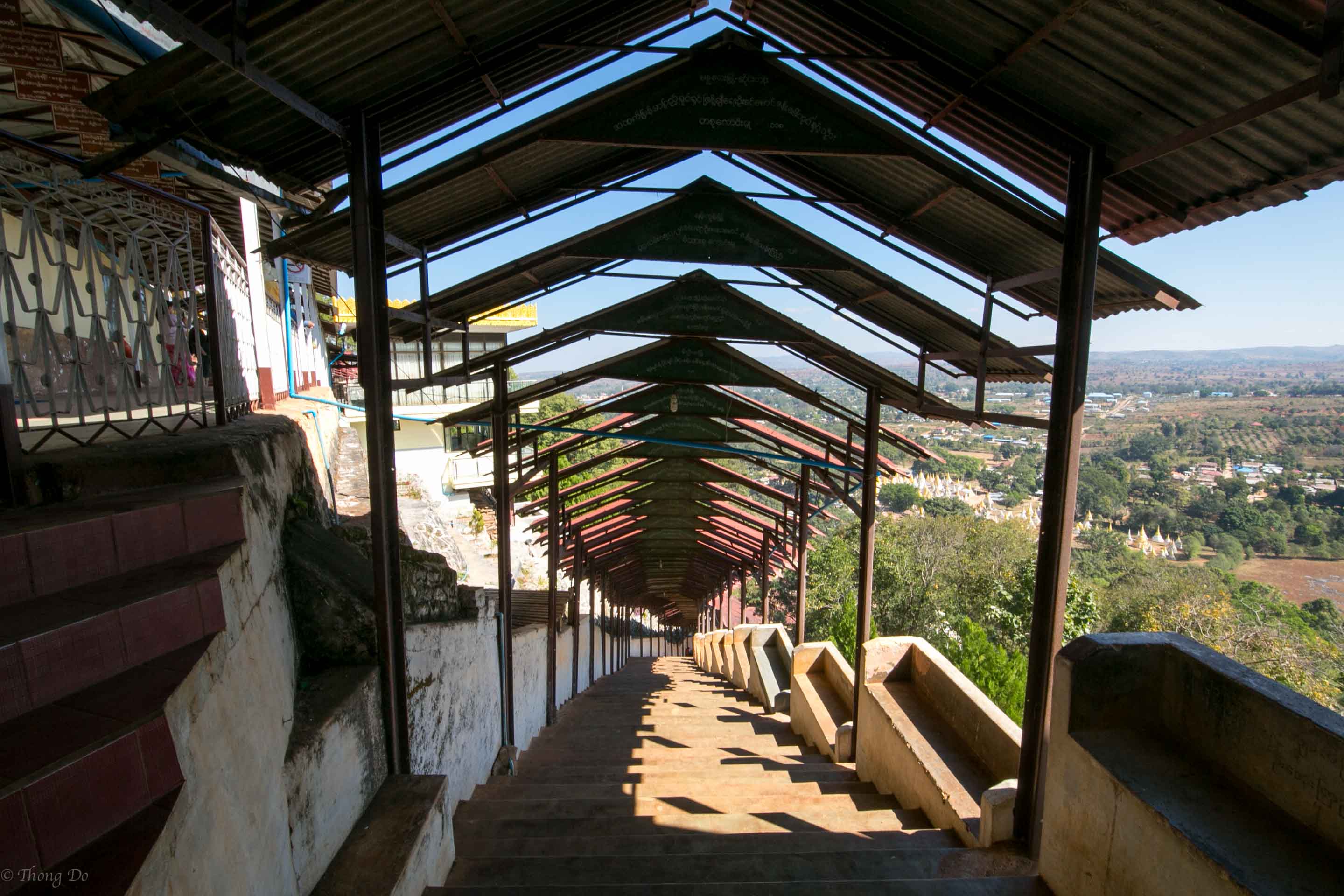
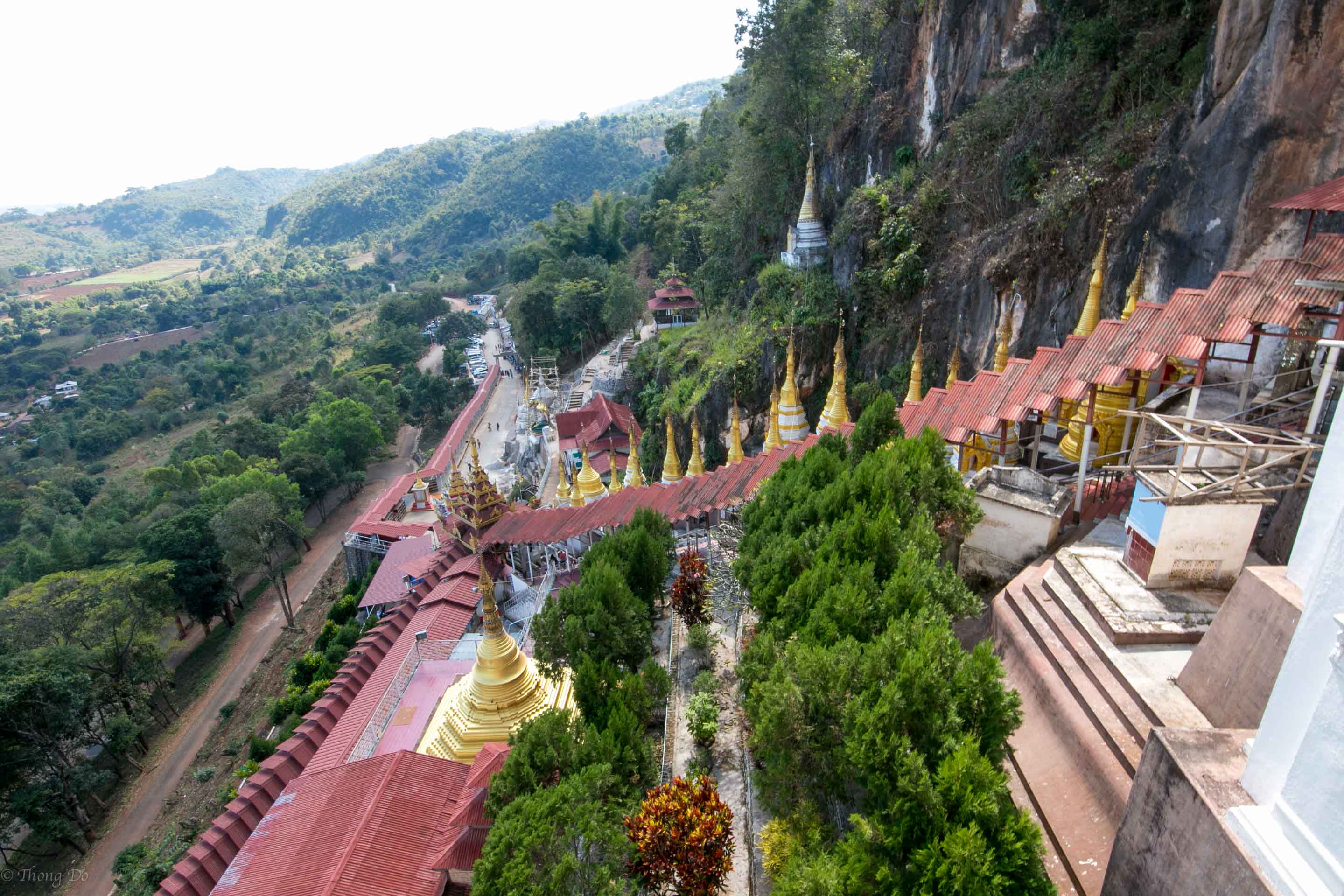
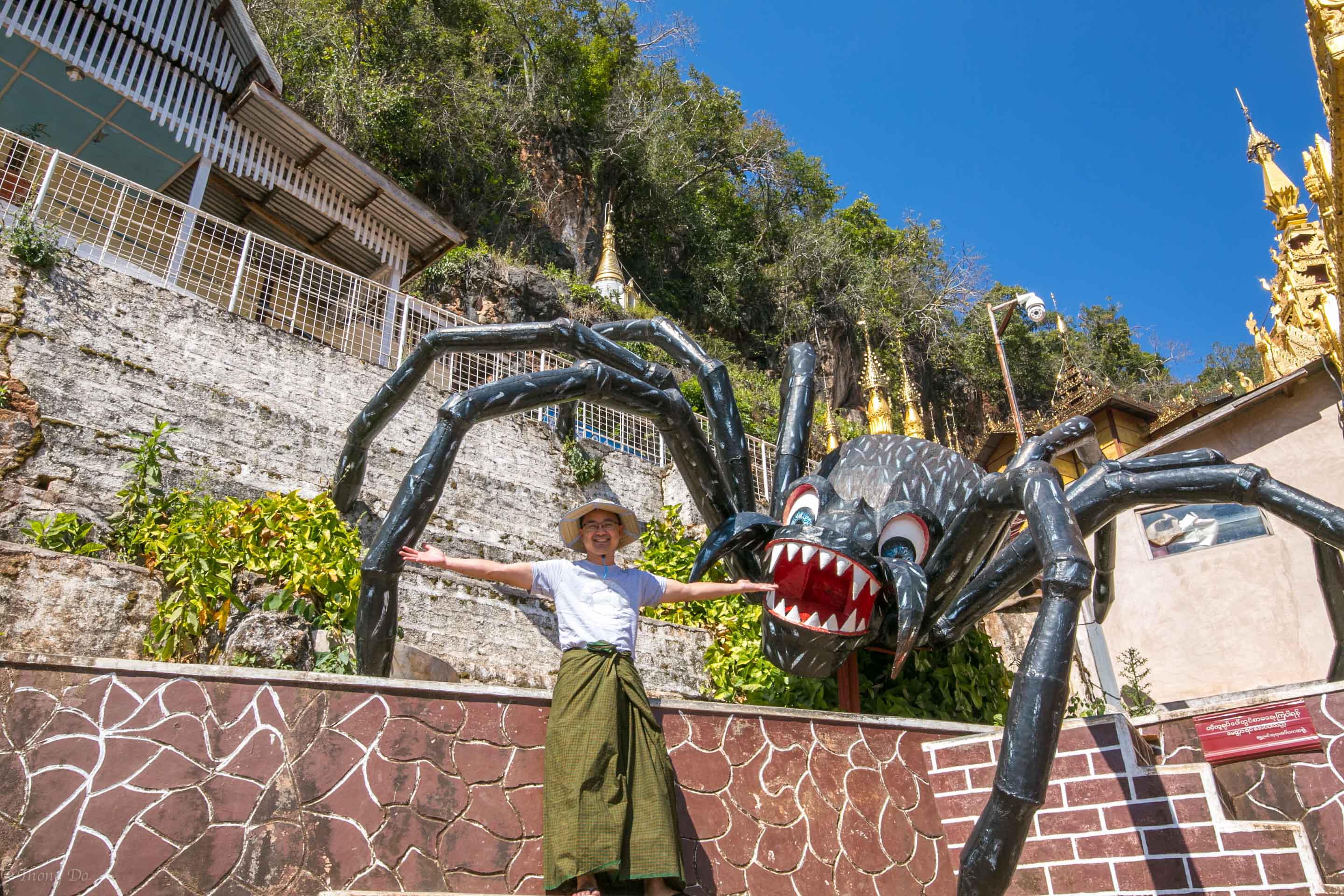
The interesting thing about this cave is that there are many mini caves within the cave itself. To enter this you must get down to the ground and crawl. Most of these rooms were used for quiet contemplation and meditation. Due to the humidity of the cave, the ground can be quite slipper so make use of the handrails whenever possible. The whole experience inside should take you no more than an hour to see. If possible, use your wide lens inside here and use an appropriate f/stop to grasp how many Buddha images are stuffed inside here as well as making best use of the light inside.
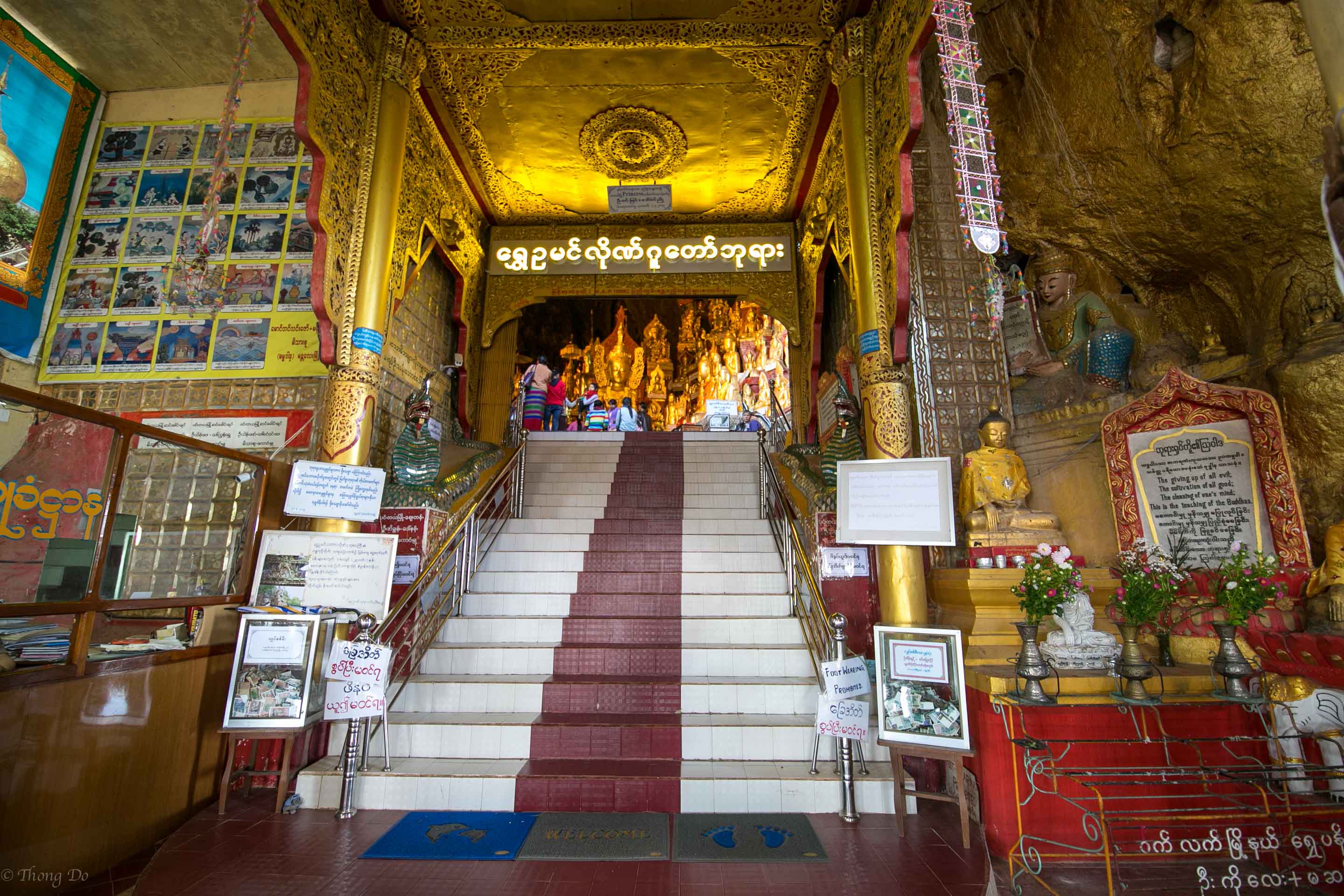

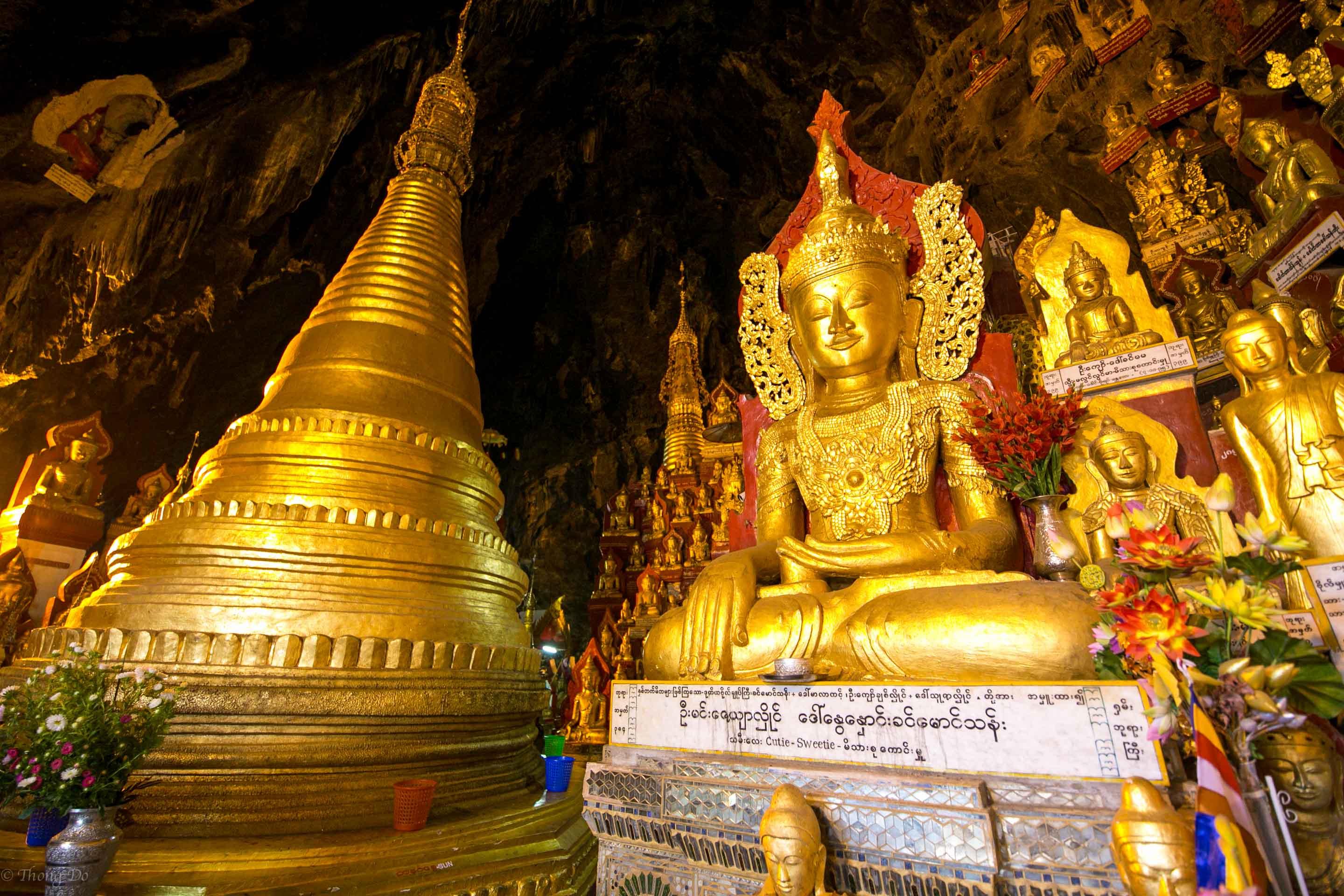
To get to the Pindaya Caves you have three options: take any of the zaungdans (covered step paths) up to the top, drive up to the top, or take the elevator. You’ll pass by the Nget Pyaw Taw Pagoda at the base of the hill and it’s a complex of gleaming white and gold Shan Stupas near the main eastern walkway. I rode a bike here from my hotel afterwards and it’s definitely worth checking out if you want see something else other than the Pone Ta Lote Lake. There’s also the Hsin Khaung Taung Kyaung monastery that is 200 years old and made of teak wood and designed in traditional Shan style. Inside you can see a bronze and bamboo Buddha too.
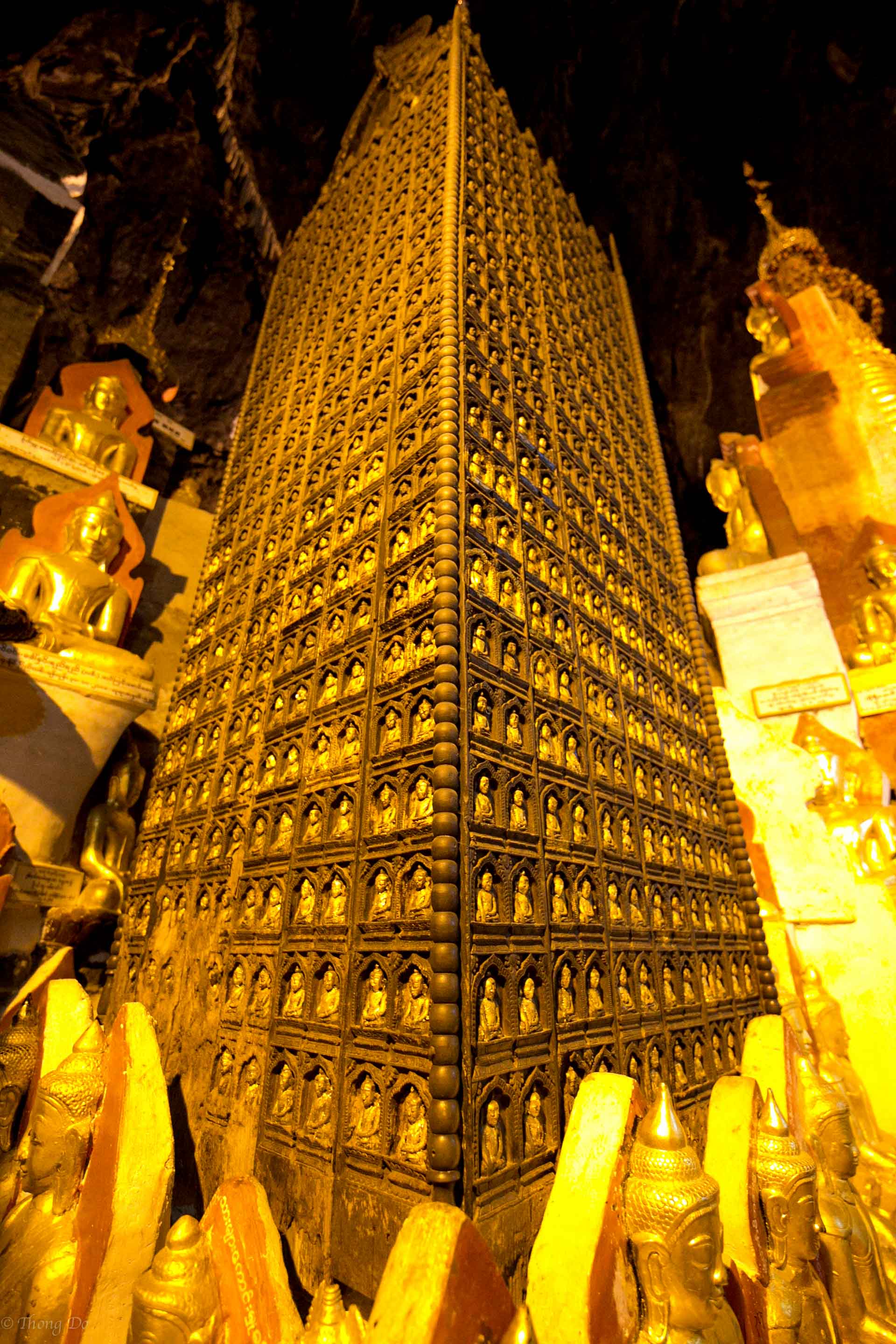
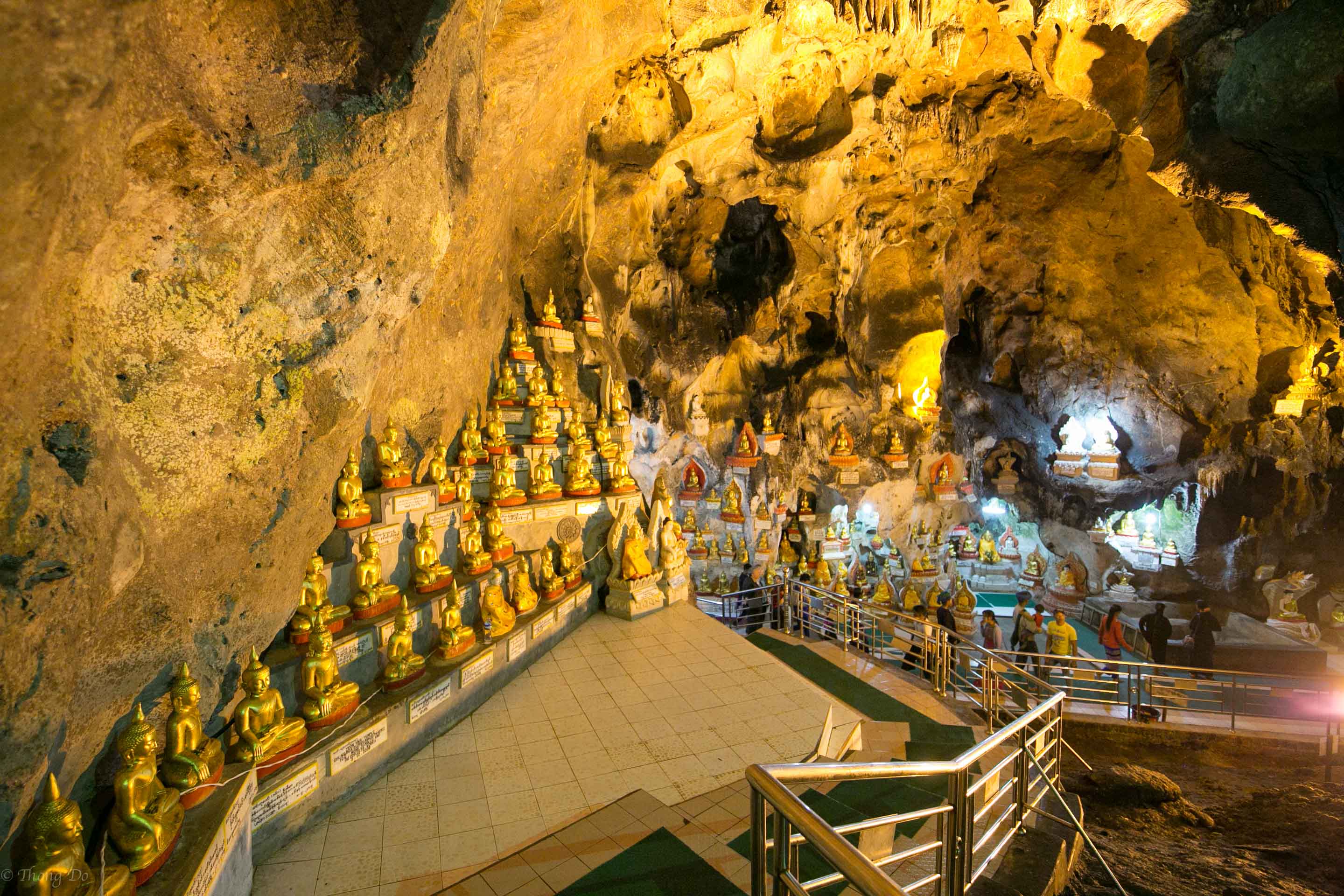
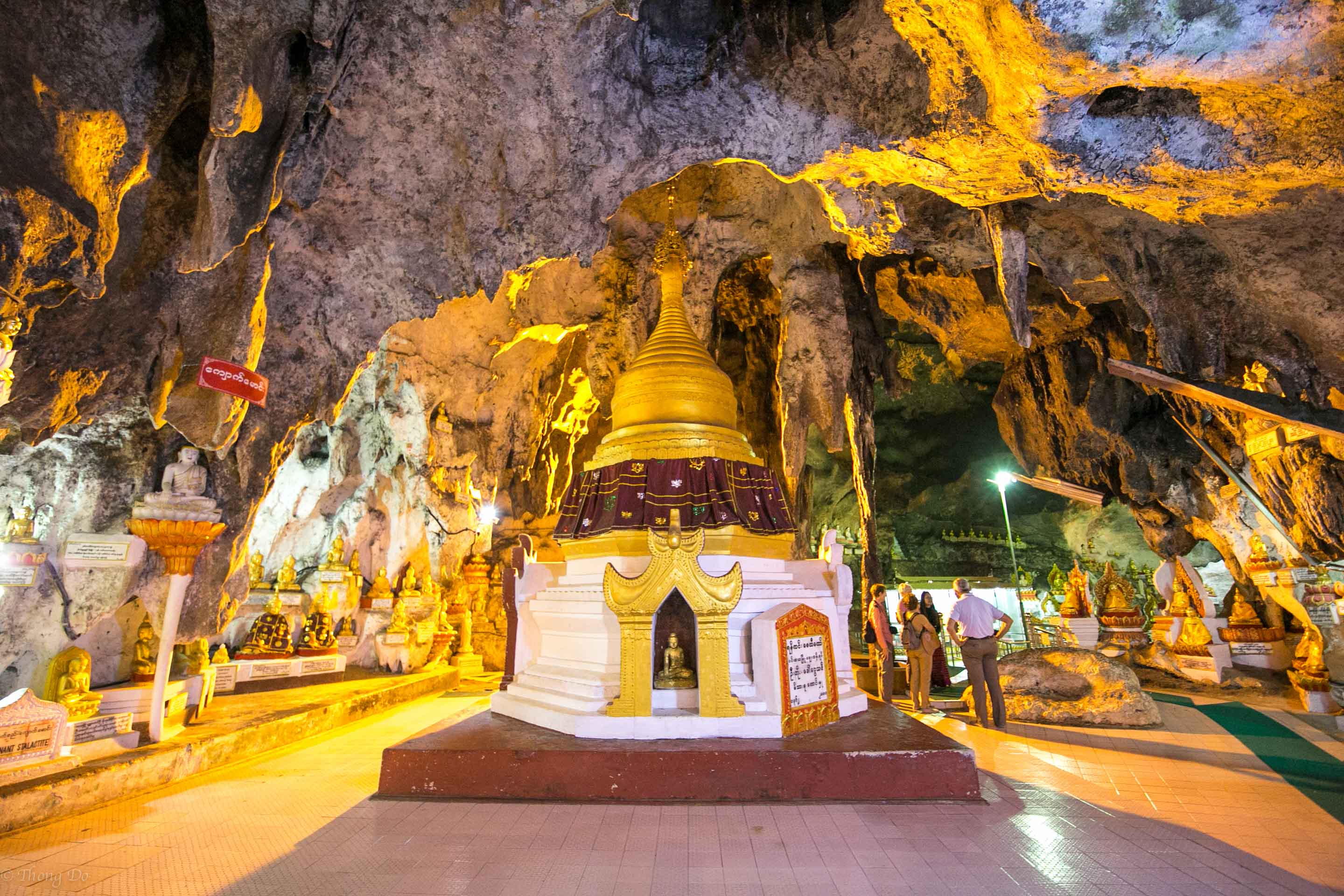
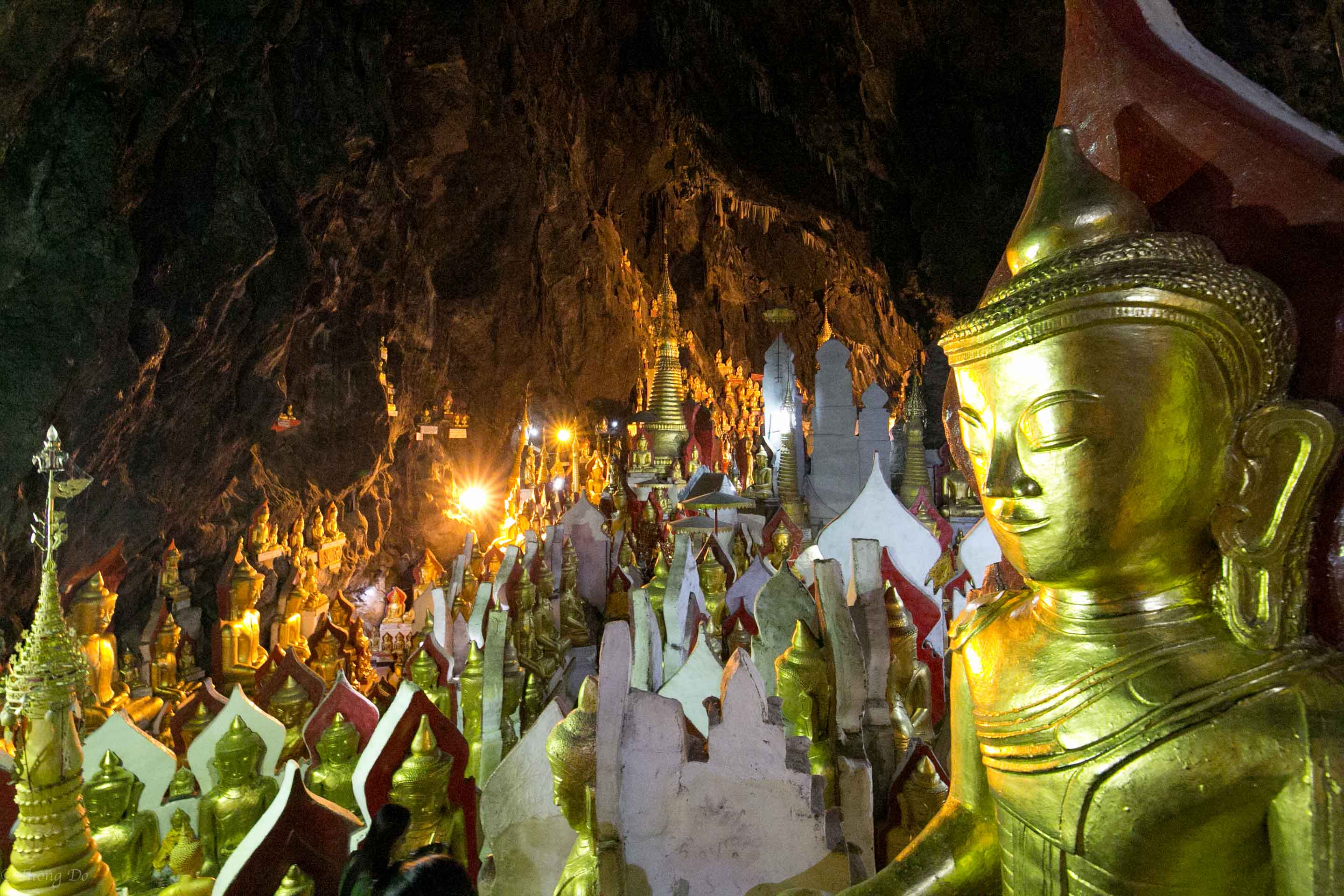

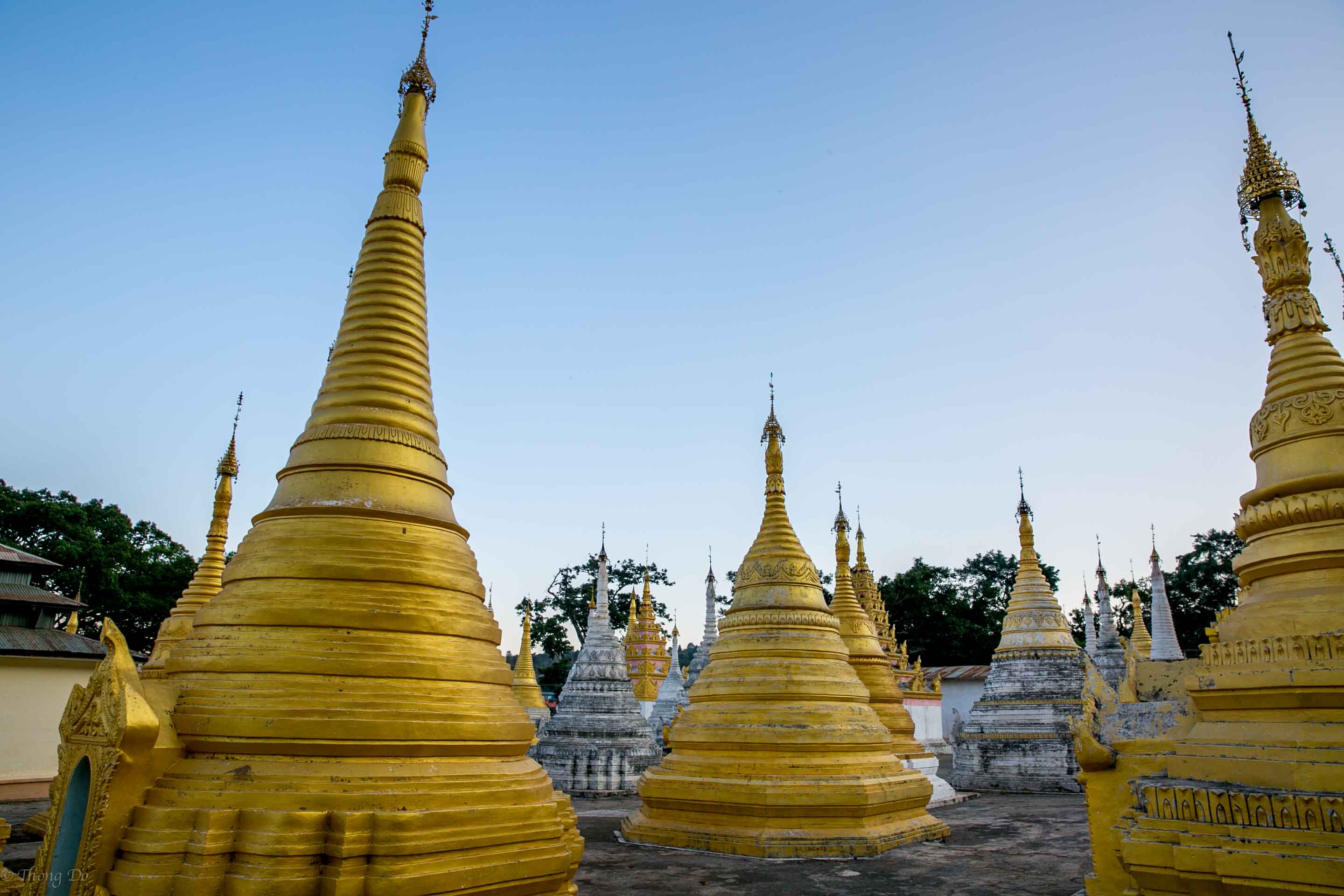
Another interesting thing you see as you enter the complex is a statue of a giant spider and an archer not to far from it. There’s an interesting local legend to this, as it was believed that a giant spider captured seven princesses who were bathing in Pone Ta Lote Lake and imprisoned them in the Shwe Umin Cave. Prince Kummabhaya of Inle Lake gallantly battled the giant spider by shooting it with a single arrow. The name of the site, derived from pinguya (taken from the spider) was inspired by this tale.
Another historical legend about the complex is that King Ashoka, the Indian emperor who ruled much of present day India in the 3rd century B.C, built it. Ashoka sent monks out across much of Asia to spread Buddhism and had numerous temples built to spread the word.
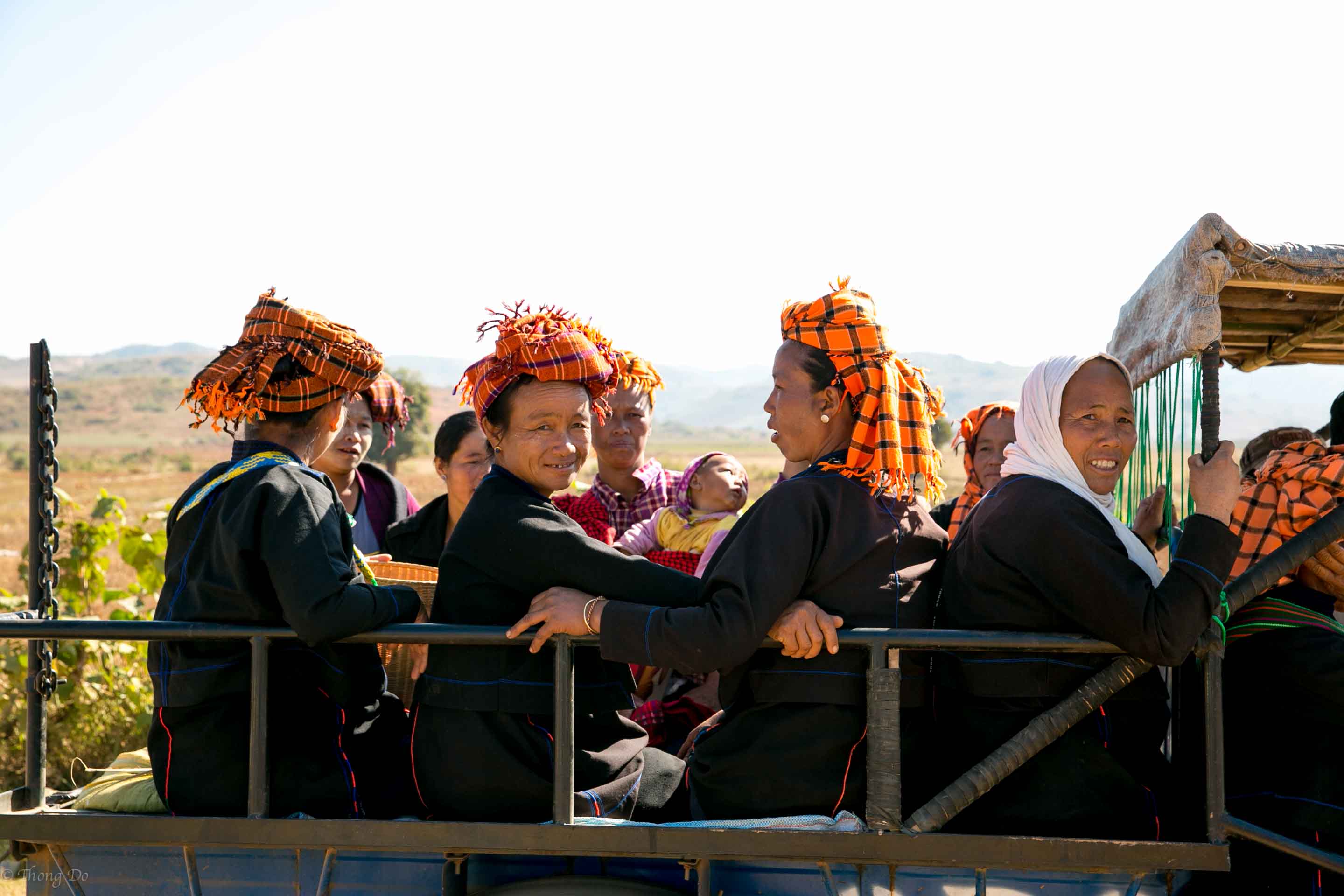
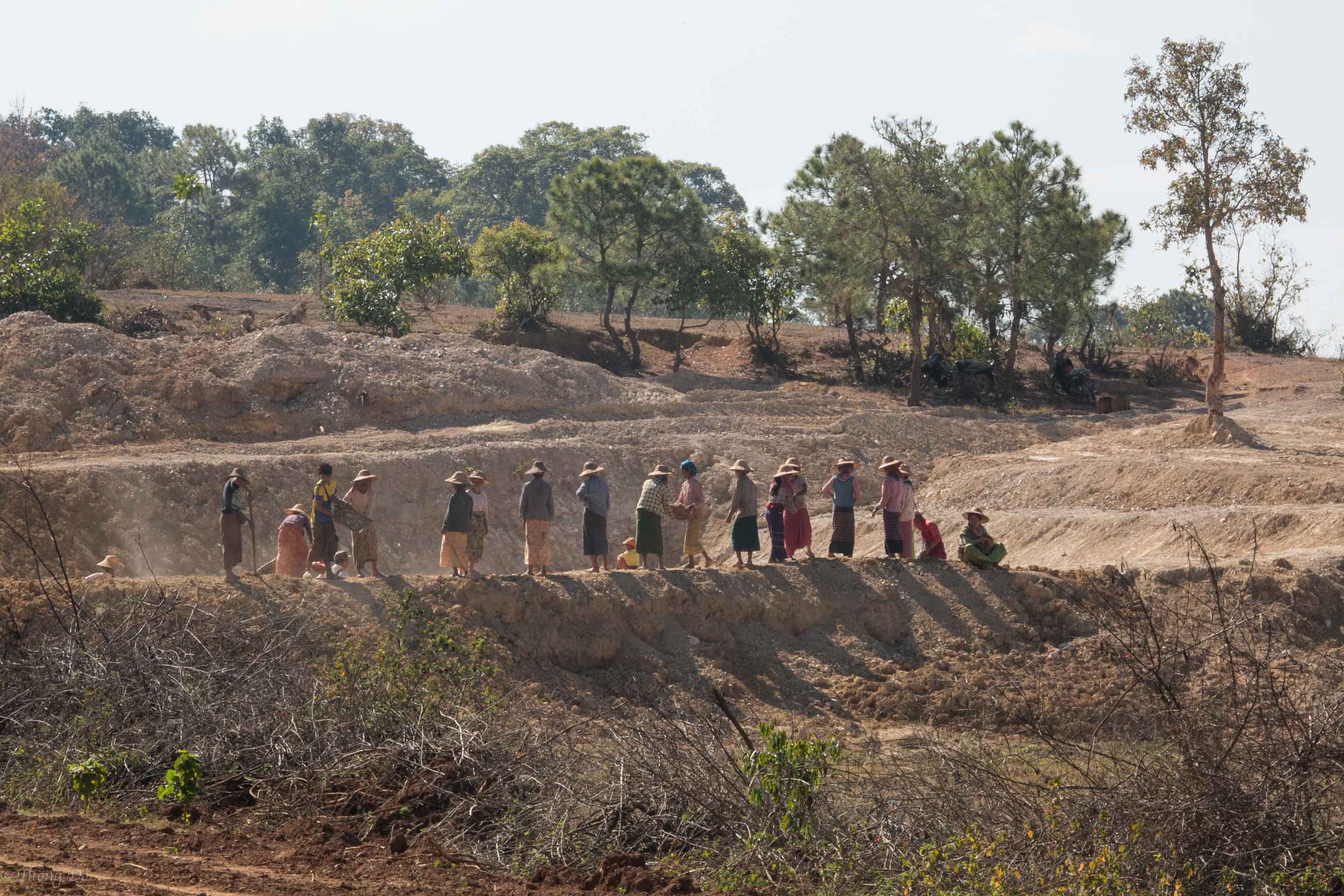
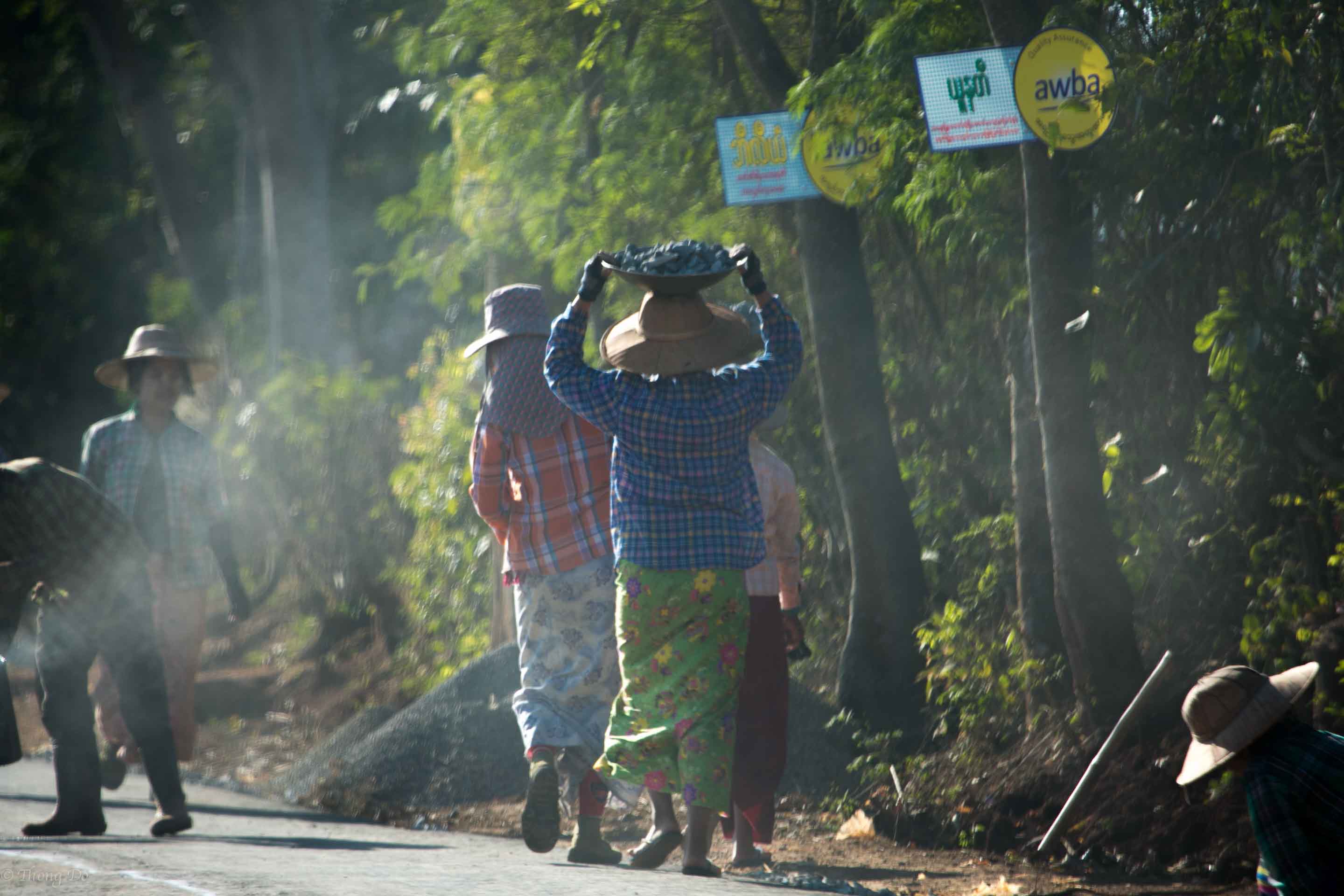
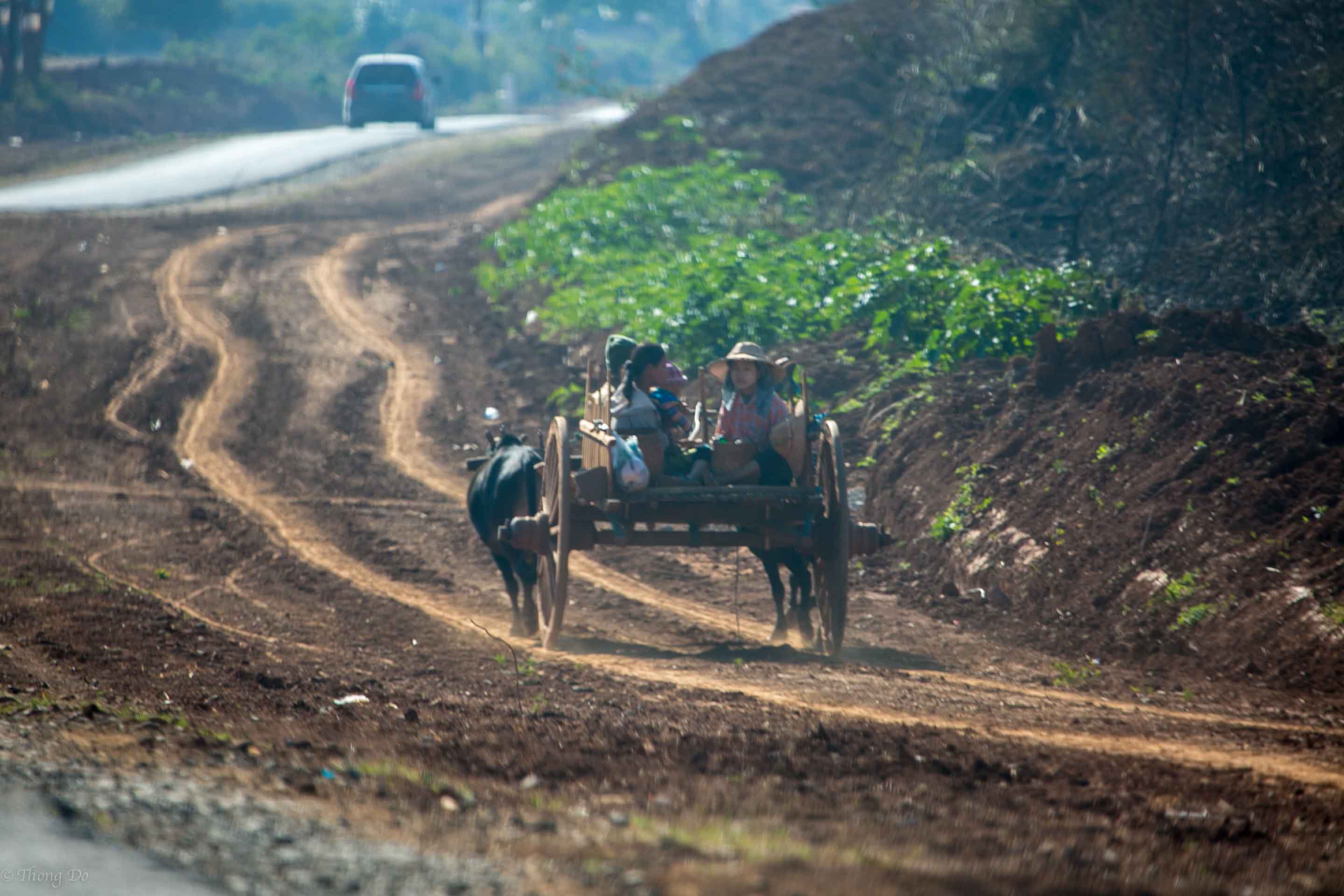
The Pindaya Caves is a daytrip in itself and definitely worth visiting. The sensory overload of so many Buddha images is unreal and a great experience. If you’re a photographer looking for a place to shoot, this is it. The entrance fee is $3 and you must remove your shoes when entering and do dress appropriately too. There’s not much to do in this area so a day trip is all you need. The drive through the countryside and through the small villages is quite scenic and I managed to get a lot of interesting pictures of people going about their daily lives.
Happy traveling.
